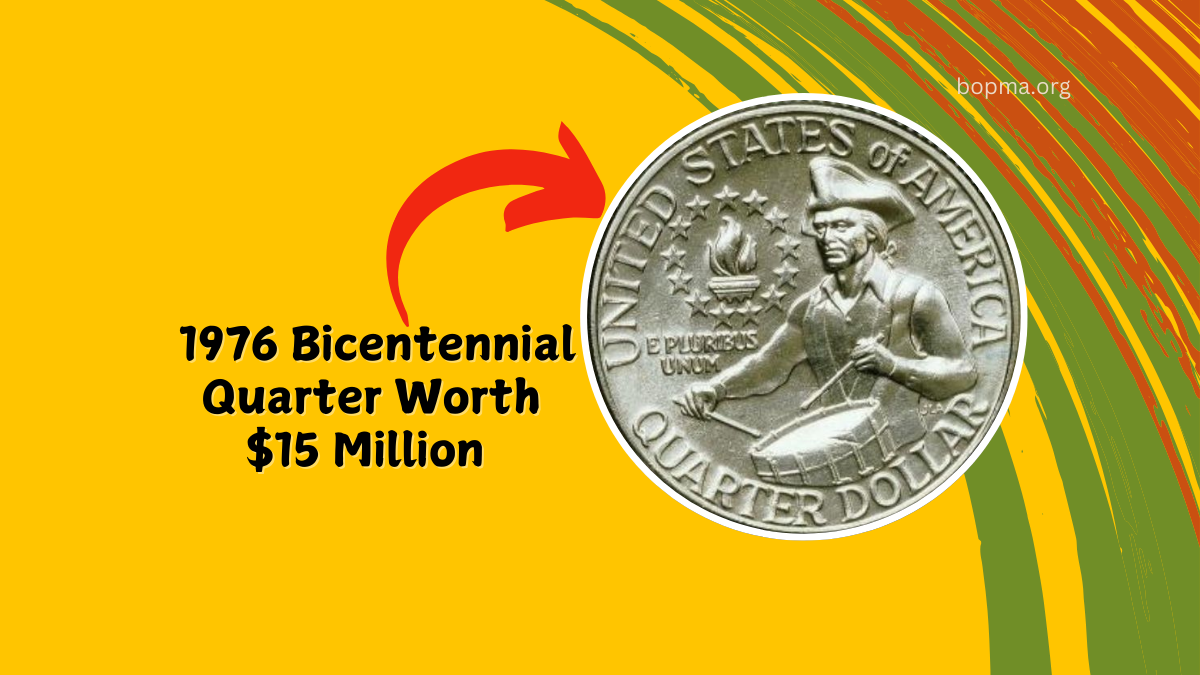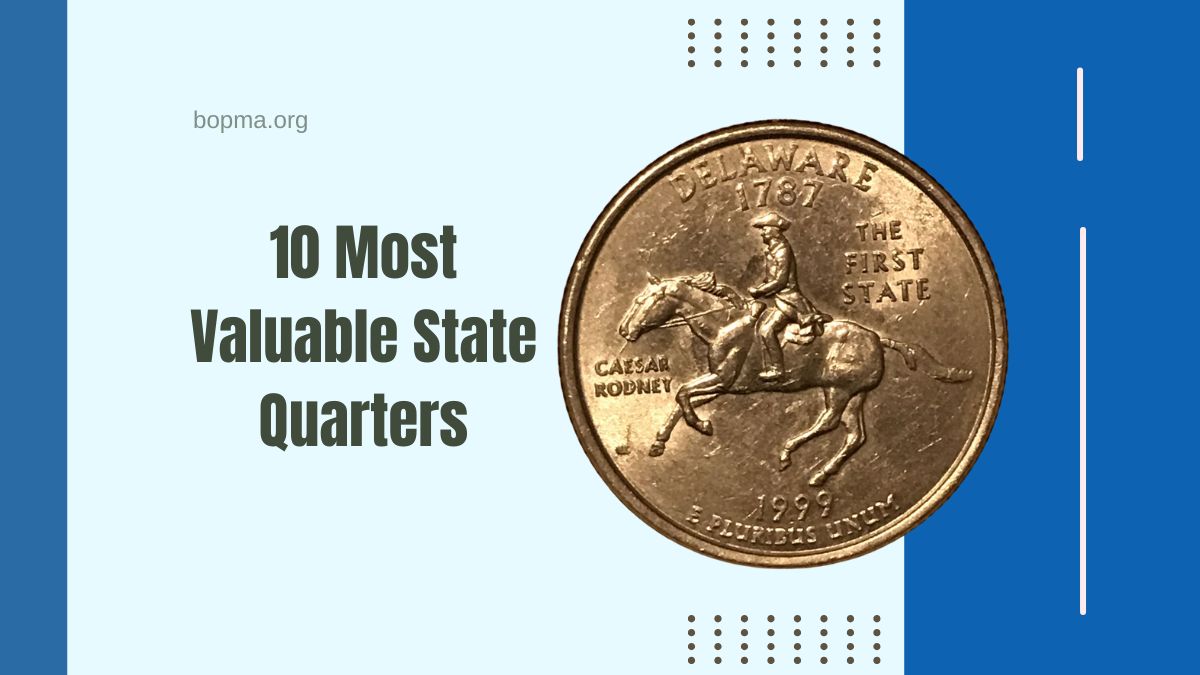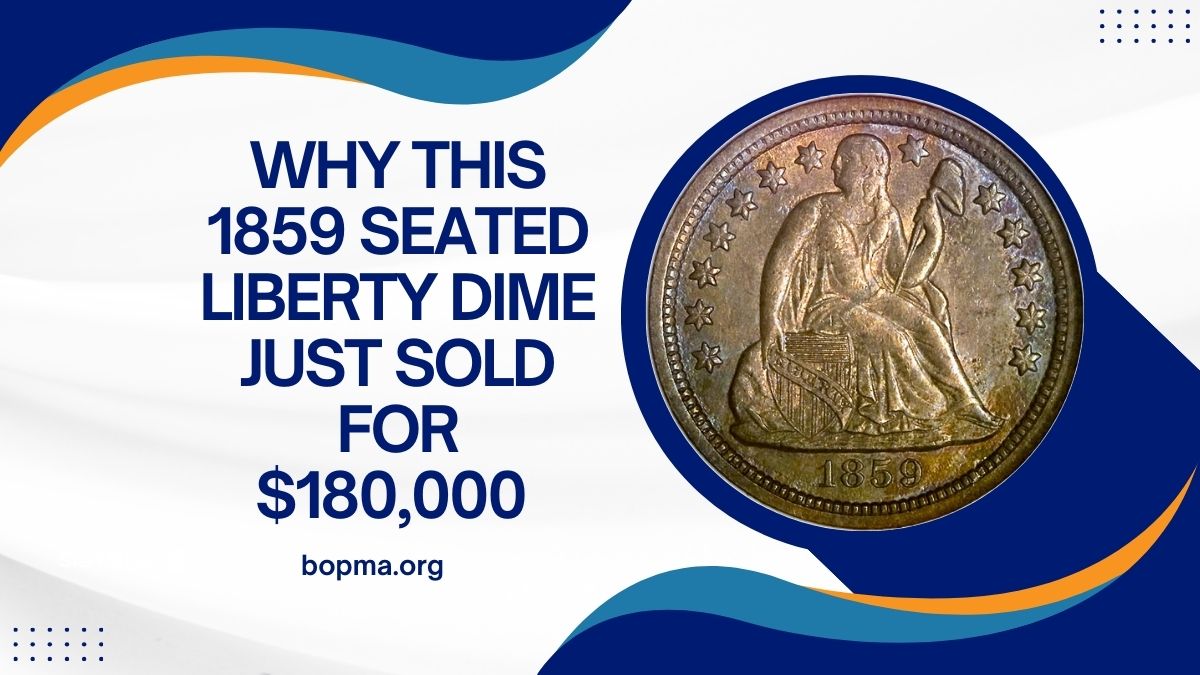The 1938 Jefferson Nickel marked a significant transition in American coinage, replacing the beloved Buffalo Nickel that had been in circulation since 1913.
Designed to honor President Thomas Jefferson, the Jefferson Nickel introduced a fresh look while continuing to serve as an essential part of U.S. currency.
This article dives into the fascinating details of the Jefferson Nickel’s debut year, its design elements, value, and impact on numismatics.
The Birth of the Jefferson Nickel
The Buffalo Nickel, also known as the Indian Head Nickel, was a favorite among collectors and citizens alike. However, by 1938, the U.S. Mint sought a design change to refresh the five-cent coin.
The Treasury Department held a public competition to design the new nickel, with the goal of commemorating President Thomas Jefferson and his contributions to the nation.
The winning design was submitted by Felix Schlag, a German-born American artist. His design featured a detailed portrait of Jefferson on the obverse (front) and a depiction of Jefferson’s home, Monticello, on the reverse (back).
The Jefferson Nickel entered production in late 1938 at the Philadelphia and Denver mints, marking a new chapter in U.S. coinage.
Design Features of the 1938 Jefferson Nickel
The Jefferson Nickel’s design was both innovative and symbolic, reflecting the legacy of one of America’s Founding Fathers.
Obverse (Front):
- Portrait: A left-facing profile of Thomas Jefferson, emphasizing his wisdom and leadership.
- Inscriptions: The words “IN GOD WE TRUST” appear on the left, while “LIBERTY” and the year of minting (1938) are placed on the right.
Reverse (Back):
- Monticello: Jefferson’s iconic home, a symbol of his architectural brilliance and cultural impact.
- Inscriptions: “E PLURIBUS UNUM,” “MONTICELLO,” “FIVE CENTS,” and “UNITED STATES OF AMERICA.”
The design was lauded for its intricate details and clarity, making it a standout coin in U.S. history.
Minting Details and Rarity
In 1938, the Jefferson Nickel was minted at two facilities:
- Philadelphia Mint: Coins from this mint do not carry a mint mark.
- Denver Mint: These nickels bear a small “D” mint mark located on the reverse, to the right of Monticello.
Mintage Figures:
- Philadelphia Mint: 19,515,000 coins
- Denver Mint: 5,376,000 coins
The lower mintage at the Denver Mint makes 1938-D Jefferson Nickels slightly rarer and more valuable, especially in higher grades.
Current Value of the 1938 Jefferson Nickel
The value of a 1938 Jefferson Nickel depends on its condition, mint mark, and rarity. Below is a table summarizing the approximate values:
| Condition | 1938 (No Mint Mark) | 1938-D |
|---|---|---|
| Good (G-4) | $0.50 | $1.00 |
| Fine (F-12) | $1.00 | $3.00 |
| Extremely Fine (EF-40) | $3.00 | $7.00 |
| Uncirculated (MS-60) | $10.00 | $25.00 |
| Proof (PR-65) | $50.00 | N/A |
Rare, high-grade specimens, especially those with Full Steps (complete detail on Monticello’s steps), can fetch much higher prices at auctions.
Why Did the Jefferson Nickel Replace the Buffalo Nickel?
- Design Challenges: The Buffalo Nickel’s intricate design caused rapid die wear, making it costly to produce.
- Public Preference: The government sought a design that resonated with the nation’s history and leadership.
- Technological Advancements: Improved minting techniques allowed for a more detailed and durable coin.
The 1938 Jefferson Nickel not only replaced the Buffalo Nickel but also became a staple of American coinage for decades.
With its elegant design, historical significance, and collectible value, this coin remains a favorite among numismatists.
Whether you’re a seasoned collector or a novice, checking your spare change could lead to a valuable discovery. Keep an eye out—you might just find a 1938 Jefferson Nickel worth more than its face value!
FAQs
How can I identify a 1938-D Jefferson Nickel?
Look for the small “D” mint mark on the reverse side, to the right of Monticello.
What makes the 1938 Jefferson Nickel valuable?
Its value depends on its condition, rarity, and mint mark. Coins with Full Steps or those in uncirculated condition are particularly valuable.
Are 1938 Jefferson Nickels still in circulation?
While they are no longer commonly found in circulation, they may occasionally appear in rolls of nickels or older collections.




